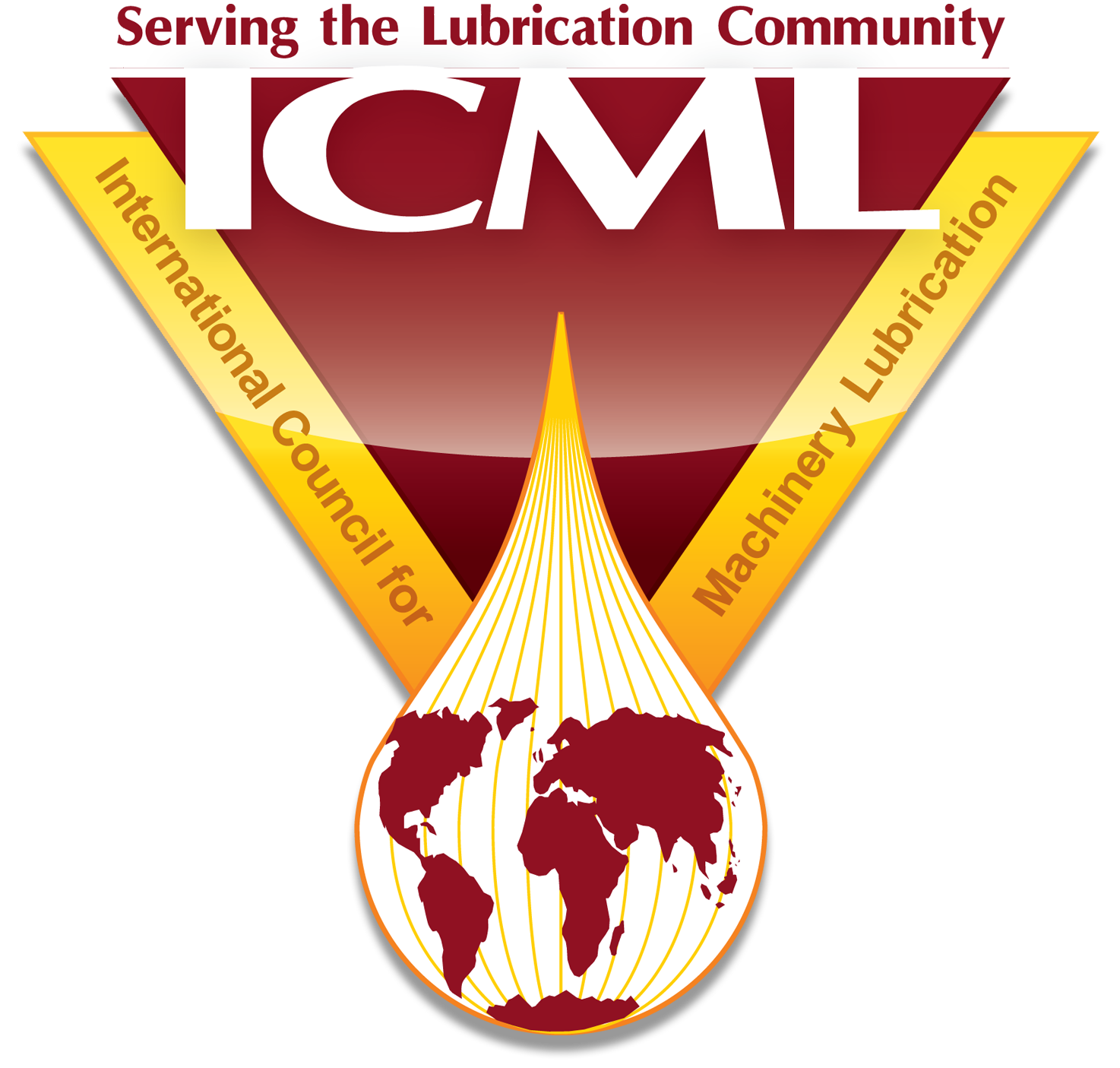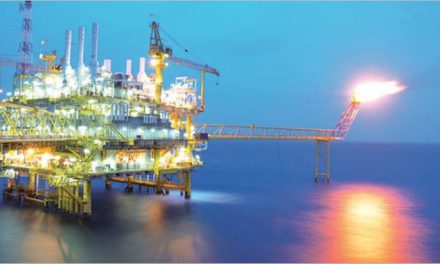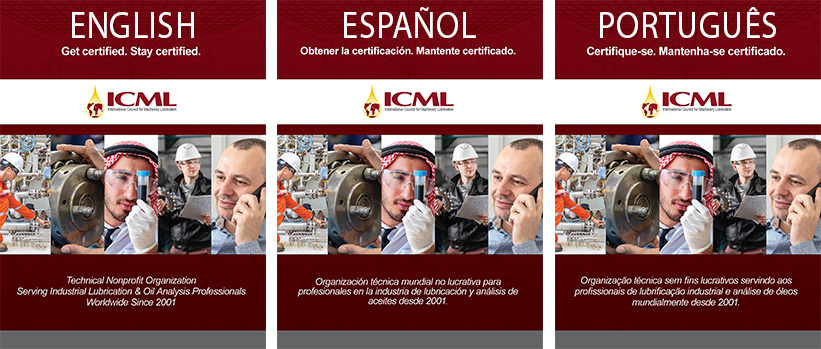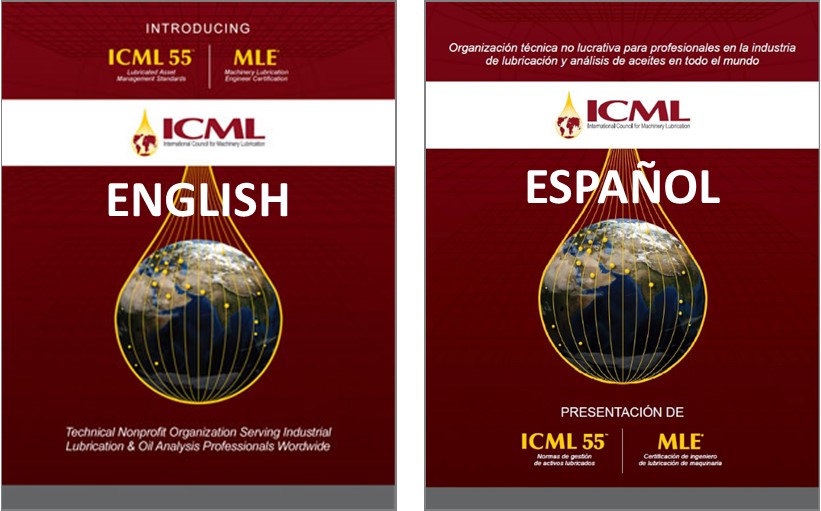John Cummins, Hydrotex LLP, June 2, 2021 | When we think about industrial lubricants, a vast plethora of hydraulic fluids, gear oils, compressor fluids, turbine and circulating oils, chain lubes, heat transfer oils, refrigeration oils and greases come to mind. Markets and Markets reports that global industrial lubricant demand reached over $62.8 billion in pre-Covid 2019. Nevertheless, this huge market of lubricants covering a wide array of machinery and components can be broken down into just two categories.
There also seems to be an undeclared war between the Production Department (manufacturing widgets non-stop) and the Maintenance Department (needing machine down-time to perform maintenance) in many manufacturing companies. When the maintenance department is viewed solely as a cost center, operational decisions—like reducing maintenance personnel by having the machine operators lubricate their own machines—also drive the demand for a more simplified lubrication approach with lubricants that are “suitable for use.”
Suitable-for-use v. Application-driven
Suitable-for-use industrial lubricants may also be driven by many manufacturers’ maintenance practices that still follow:
-
- Reactive Maintenance: Don’t-fix-it-until-it’s-broke philosophy, typically promotes lubricants that in some cases are “just slippery and wet!”
- Preventive Maintenance: Scheduled repairs or oil changes every “X” hours, also promotes the use of suitable-for-use lubricants.
It is my estimate that 80% of global industrial lubricants fall into the suitable-for-use category. This type of behavior has driven many manufactures either into bankruptcy or overseas to seek lower costs, instead of trying to manufacture smarter!
A close look at Reactive Maintenance will reveal there is more actual production downtime when the machine fails, and it costs more to replace than repair when it breaks.
And smarter people figured out that they were throwing away perfectly good lubricants and repairs parts using Preventive Maintenance, which relies solely on time of use!
There are three reasons for the rising demand of application-driven industrial lubricants:
- More stringent OEM lubricant specifications
- New manufacturing philosophies
- Better maintenance practices
1. Stringent specs: Many, but not all, OEMs value the benefit of high performance and fit-for-purpose lubricants in their machines. Some of the toughest new lubricant specifications can be found in manuals for hydraulic systems and gear boxes. Line wash or rust- and oxidation-inhibited oils may be “suitable” hydraulic oils, but they certainly will not pass the Denison T6H20C Vane/Piston Pump Test. The wind turbine application-driven Siemens Specification for Flender Gear Oils cannot be passed without using synthetic base stocks, and even then it is a very difficult standard to attain.
2. New philosophies: W. Edwards Deming began the change of manufacturing philosophy in Japan in the 1950s, which coincidentally is the advent of synthetic industrial lubricants. His Statistical Product Quality Administration inspired the Japanese post-war economic miracle. US manufacturers didn’t even begin to adopt his tenets until the early 1990s when we were surprised by the quality and precision of Japanese manufactured goods.
Lean Manufacturing, Six Sigma, Strategic Management of the Manufacturing Value Chain, and today’s focus on SUSTAINABILITY have also driven the need for application-driven lubricants and changes to maintenance practices.
3. Better maintenance: The focus on manufacturing SUSTAINABILITY has pushed maintenance to new levels encompassing Predictive Maintenance and Reliability Centered Maintenance:
-
- Predictive Maintenance (PdM): Predicts equipment failure so you can take corrective action before failure occurs. The ultimate goal of PdM is to perform maintenance only when it is warranted at a scheduled point in time when the maintenance activity is most cost-effective and before the equipment loses performance within an established threshold. PdM uses nondestructive testing, vibration analysis, sound level measurements, thermography, and oil analysis.
- Reliability Centered Maintenance (RCM): Takes a total systems approach to establish safe minimum levels of maintenance, changes to operating procedures and strategies as well as capital maintenance regimes and plans. Successful implementation of RCM will lead to increases in cost effectiveness, machine uptime, and a greater understanding of the level of risk that the organization is managing. RCM is defined by the technical standard SAE JA 1011, Evaluation Criteria for RCM Processes. It takes Predictive Maintenance to a systems level. In either case, a good oil analysis program will eventually lead to using application-driven industrial lubricants.
Training and education are necessary
It is incumbent on maintenance department heads and best practices engineers to communicate with their corporate purchasing agents the many benefits of application-driven industrial lubricants over mere suitable-for-use lubes.
Both PdM and RCM maintenance practices require educated maintenance personnel with an understanding of Lubrication Fundamentals, Proper Application and Best Lubrication Practices. This type of training answers the Why, When, Where, and How to use fit-for-purpose (i.e., application-driven) lubricants and is needed to establish a Lubrication Management Program that is integral to today’s advanced maintenance systems.
This is why I spent my time during the Covid pandemic to put together a comprehensive, online Lubrication Training Program that is free to anyone who wants to practice lubrication excellence.
If you want to increase your knowledge of friction, wear and lubrication—otherwise known as tribology—or if you are just curious, please check out www.lubricationuniversity.com.
There are just not enough lubrication experts spread around the industrial world that truly know the importance and value of lubrication excellence. Please join a cadre of “lubrication trained” maintenance technicians and engineers who will drive the future demand and importance of application-driven industrial lubricants.








